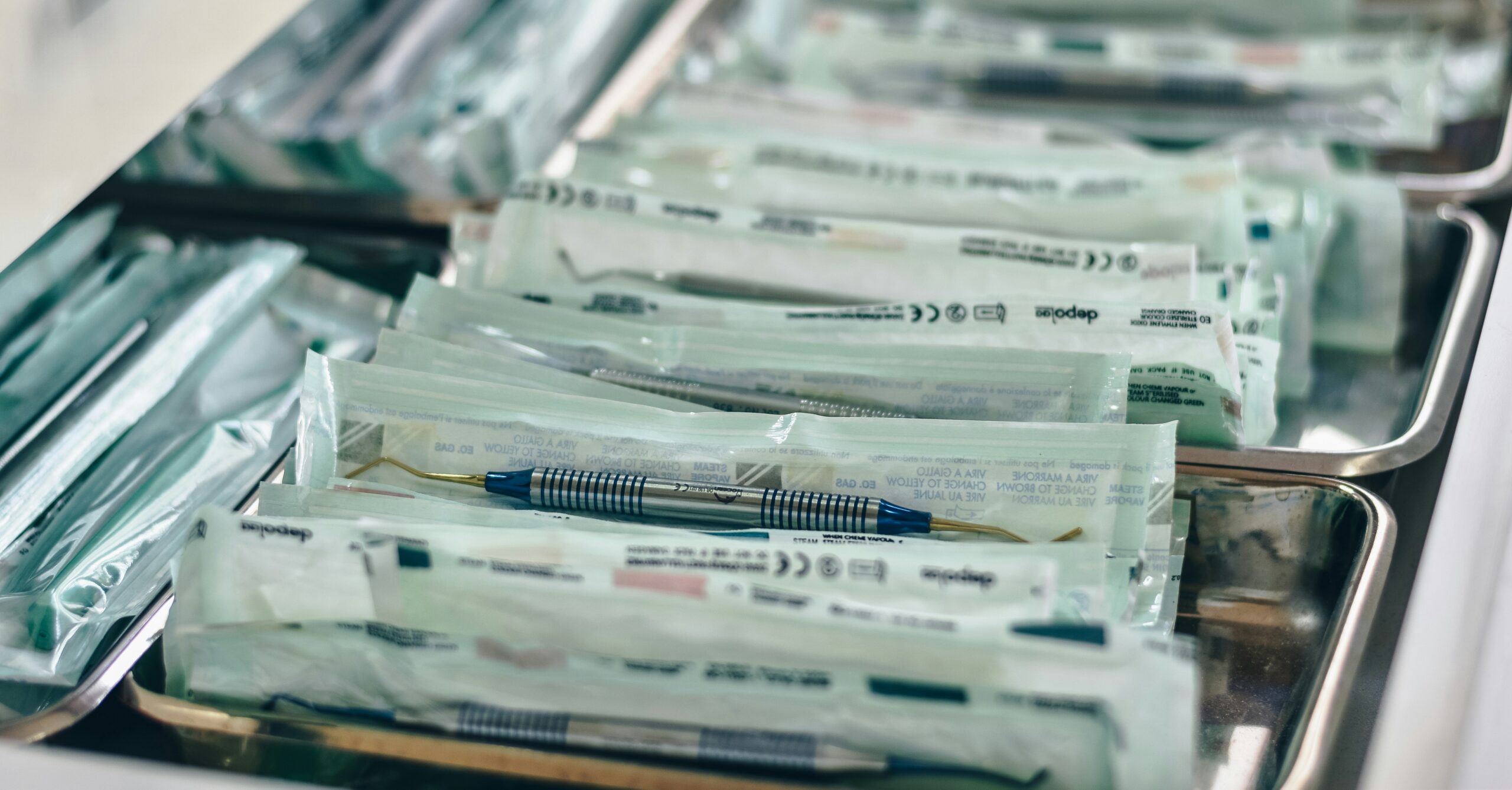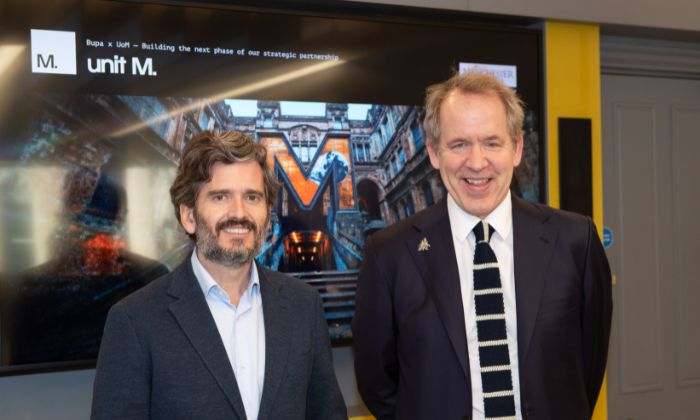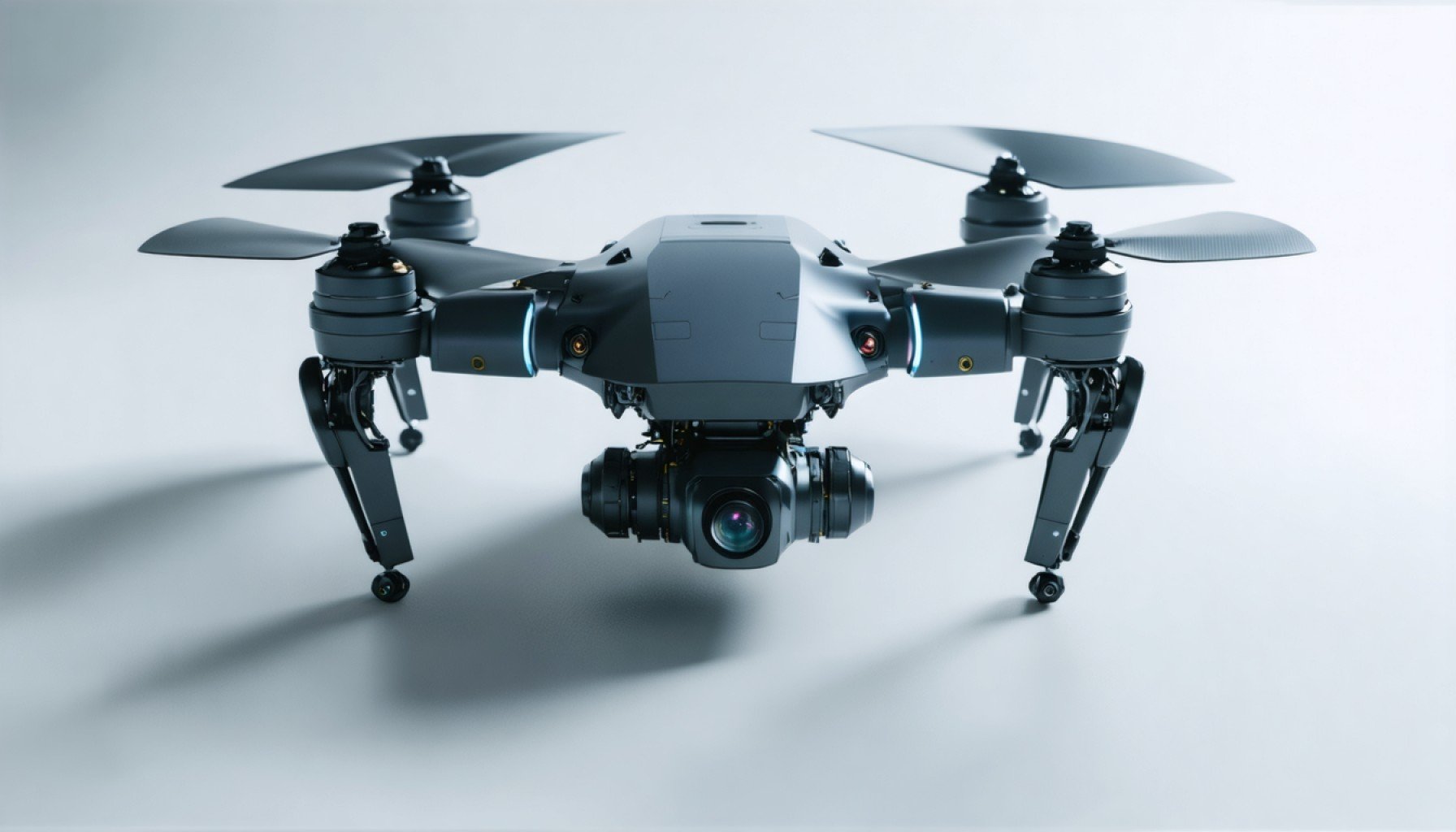New Innovator Award Recognizes High-Risk, High-Reward Project to Measure Environmental Impacts on Health

Lu’s research takes advantage of a biological phenomenon that is increasingly coming into the spotlight: tiny bubbles called extracellular vesicles (EVs). Cells throughout your body release these bubbles into the bloodstream, containing a wide array of biological molecules that vary depending on what kind of cell they came from—liver cells, brain cells, or so forth. It’s as if every cell in your body is throwing thousands of messages in a bottle into the ocean of your bloodstream, every day.
What those messages mean—if they mean anything—is largely unknown. But Lu thinks they could provide valuable hints about their senders, allowing researchers to understand how the environment is impacting organ systems without anything more invasive than a blood draw.
“What if we could monitor the health impact of environmental exposures with organ-level accuracy across large populations?” Lu asks. She intends to use EVs to enable precise and high-throughput health analysis on multiple scales.
Lu and her team aim to develop multiple new tools to detect and understand EVs. One of the tools will separate out single EVs from a blood sample and analyze the molecules in each one. (It’s the equivalent of reading a single message in a bottle in detail.) Other tools will help piece together fragmentary information from many EVs into a coherent picture of organ health and look at large numbers of EVs in aggregate.
Lu’s first target is to study EVs coming from the lungs to understand lung health, including how lung health is affected by air quality and other environmental exposures. But if her system works, it could be equally useful for studying how other exposures affect every other organ system. A key advantage of the project is its scalability; a blood draw is much faster, simpler, and safer than a tissue biopsy. In theory, a single blood sample could provide information about every organ in the body.
Lu hopes that the tools her team builds will shed new light on how the environment affects health. “Our long-term vision is an extracellular vesicle tricorder that provides a new lens for understanding human health and reveals hidden threats among everyday exposures,” she says.
The NIH issued 40 New Innovator awards nationwide in 2024, as well as eight Pioneer awards, seven Transformative Research awards, and 12 Early Independence awards through the High-Risk, High-Reward Research program.
“The HRHR program champions exceptionally bold and innovative science that pushes the boundaries of biomedical and behavioral research,” said Tara A. Schwetz, Ph.D., NIH Deputy Director for Program Coordination, Planning, and Strategic Initiatives and Director of the Division of Program Coordination, Planning, and Strategic Initiatives, which oversees the NIH Common Fund. “The groundbreaking science pursued by these researchers is poised to have a broad impact on human health.”
###
This research will be funded through award number DP2 ES037422-01 through the National Institutes of Health.
link







